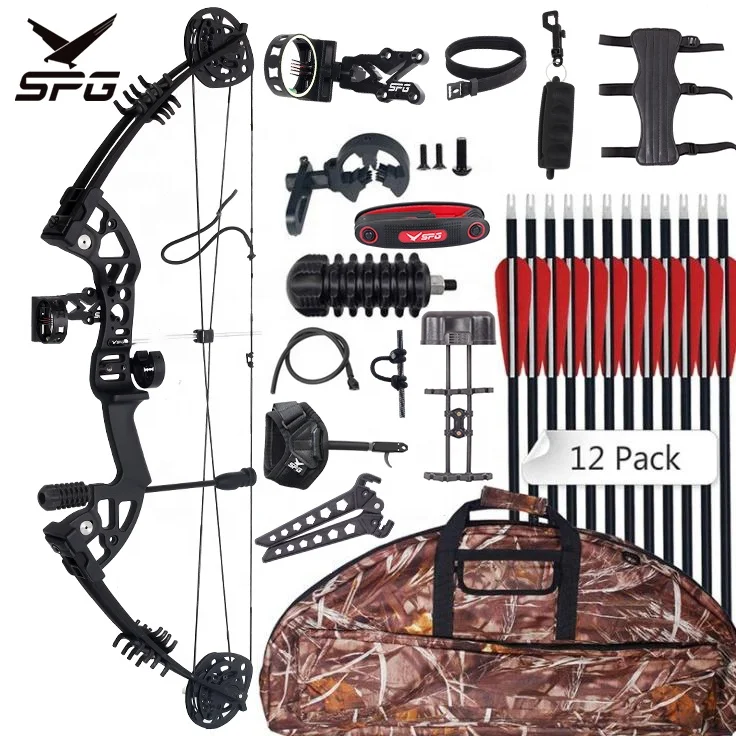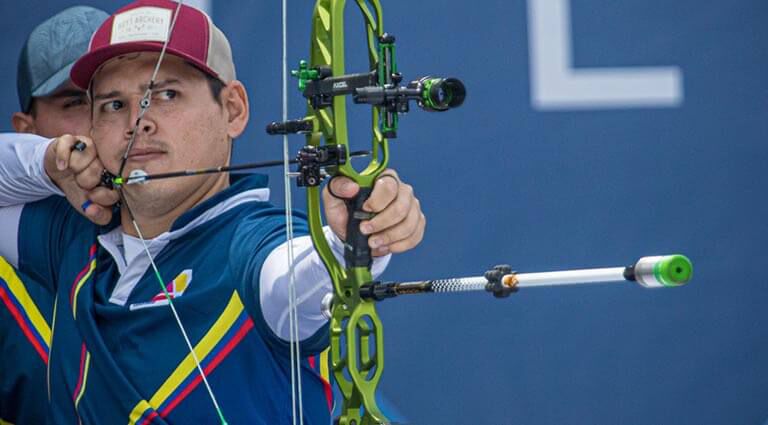Boost Your Archery Performance: The Ultimate Overview to Bow Stabilizer Configuration
Among the different parts that add to accuracy and stability, the bow stabilizer plays a critical function in fine-tuning your shot execution. Comprehending just how to maximize your bow stabilizer arrangement can lead to significant improvements in your general precision and consistency on the variety or in the field.
Recognizing Bow Stabilizers
In the realm of archery devices, the role and function of bow stabilizers stand as necessary elements for enhancing shooting precision and security. Bow stabilizers are created to minimize bow torque, lower resonances, and help in holding the bow stable throughout the aiming and launch procedure. By affixing a bow stabilizer to the riser of the bow, archers can experience improved balance and lowered hand shock, leading to more consistent and accurate shots.
The primary function of a bow stabilizer is to dampen any vibrations that occur upon launching the arrowhead. This reduction in resonance not only enhances the shooter's convenience yet additionally helps keep emphasis and control throughout the shot cycle. In addition, bow stabilizers aid in reversing the weight of devices connected to the bow, such as sights, quivers, and arrowhead relaxes, ensuring optimal weight distribution for improved security.
Understanding the technicians and advantages of bow stabilizers is essential for archers seeking to tweak their shooting performance and accomplish higher precision on the variety or in the area.

Selecting the Right Stabilizer Weight
Choosing the ideal weight for your bow stabilizer is an essential aspect of maximizing your archery setup for boosted shooting performance. The stabilizer weight directly influences just how effectively the stabilizer minimizes resonance and supports your bow throughout the shot. When picking the right stabilizer weight, it's important to consider your shooting design, bow equilibrium, and individual preferences.
Lighter stabilizers, commonly evaluating in between 3-6 ounces, are preferred by archers that prioritize maneuverability and quick target acquisition. These stabilizers are optimal for hunters or those that shoot in challenging terrains where mobility is vital. On the various other hand, larger stabilizers, ranging from 8-12 ounces or even more, are preferred by target archers seeking maximum security and minimized bow motion. The added weight aids hold the bow steadier during the aiming process and lessens the results of torque on the bow.
Eventually, the very best stabilizer weight for you will depend on your capturing goals and preferences. Try out various weights and discovering the one that offers the optimum equilibrium of stability and ability to move is crucial to improving your archery performance.
Putting Up Your Bow Stabilizer
To properly install your bow stabilizer, make certain that you have all the needed site devices and follow these detailed instructions for a safe and secure and reliable configuration. Start by recognizing the front stabilizer bushing on your bow riser.
Meticulously thread the stabilizer into the front bushing by hand, seeing to it not to cross-thread it (bow stabilizer). As soon as the stabilizer is comfortably in position, utilize my latest blog post an ideal wrench to tighten it firmly. Prevent over-tightening, as this can trigger damage to the bow or stabilizer
After installing the stabilizer, check to ensure it is straight and lined up with the bow. Some stabilizers feature adjustable weights or dampeners; change these according to your choices and shooting design. Lastly, test the acquiesce make sure the stabilizer is properly decreasing resonance and boosting your shot consistency.
Adjusting Stabilizer Placement for Accuracy
After installing the bow stabilizer safely, maximizing its position is vital for improving precision in your shooting. Moving the stabilizer closer to the riser can assist minimize the bow's general weight distribution, potentially enhancing your aiming stability.
When adjusting the stabilizer position, take into consideration the sort of capturing you do. For target archery, a longer stabilizer placed additionally out could be beneficial for added stability during the intending process. On the various other hand, seekers might prefer a shorter stabilizer for better ability to move in the field. Keep in mind to make small modifications and check your setup after each modification to figure out the ideal setting for your shooting design and choices.
Fine-Tuning Your Stabilizer Setup

Furthermore, think about the placement of any type of dampeners or weights along the stabilizer rod. Moving these elements closer to or even more from this content the riser can change the stabilizer's total effect on your bow's equilibrium. Fine-tuning these details can aid decrease vibration, reduce hand shock, and improve overall control throughout the shot execution.
Regularly reassess your stabilizer configuration as your shooting strategy evolves to guarantee it proceeds to complement your type and shooting goals. By finetuning your stabilizer setup with precision and treatment, you can optimize your bow's performance and boost your archery abilities to brand-new elevations.
Final Thought
Finally, maximizing your bow stabilizer arrangement is important for boosting your archery efficiency. By comprehending the purpose of stabilizers, choosing the ideal weight, appropriately setting up and positioning the stabilizer, and fine-tuning its configuration, you can boost your accuracy and uniformity in shooting. Put in the time to experiment with various arrangements and modifications to discover the setup that works ideal for you and aids you achieve your archery goals.
Bow stabilizers are designed to reduce bow torque, minimize vibrations, and assist in holding the bow steady during the aiming and launch procedure. By connecting a bow stabilizer to the riser of the bow, archers can experience improved equilibrium and minimized hand shock, resulting in more accurate and consistent shots.

The stabilizer weight directly influences how successfully the stabilizer minimizes vibration and supports your bow throughout the shot. bow stabilizer. By understanding the objective of stabilizers, picking the suitable weight, properly setting up and positioning the stabilizer, and fine-tuning its configuration, you can boost your precision and uniformity in capturing